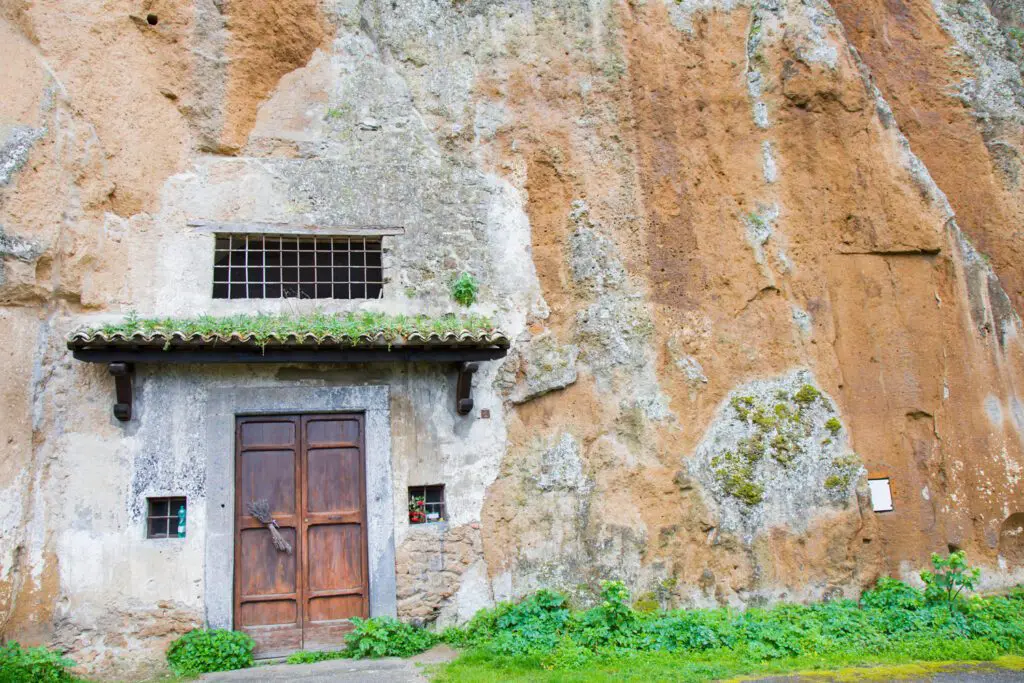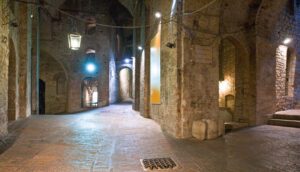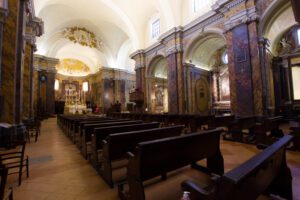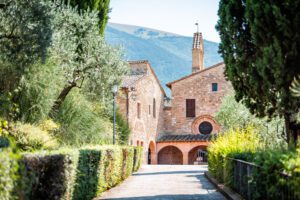When the Etruscans Founded Orvieto: From Sky down to Earth
A tour between earth and sky: this is how Orvieto can be visited and discovered because of both its geographic position (a town rising on top of a cliff, surrounded by a valley) and its history (from ancient Etruscans to nowadays). In Orvieto, in fact, tuff and human genius live indissolubly together since the era when the Etruscans founded it. But, who were the Etruscans? Even if their origin has still to be completely explained and many conjectures are made, they for sure were a people who existed in Central Italy between the ninth and the first centuries BC. Etruscans, basically, were skilled merchants in touch with the other civilizations of the Mediterranean Sea. The top expansion and power of their city-states took place between 800 and 600 BC, before they fell under Roman domination.Orvieto was among the last towns to be conquered by the Romans, namely when it was defeated in 264 BC.

The Orvieto “City of the Dead”
Etruscan Burials outside the City Walls
Our tour can therefore start from the earth, more precisely from a place where Etruscans used to meet: the Necropolis at Crocifisso del Tufo – literally: Tuff Crucifix, see below – just off the old town. First of all, it is worth noting that the archaeological site lies out of the town. Necropolis, in fact, is a Greek word meaning “the city of the dead”: since they were the burial places, they had to be built far from the houses of the living. Life and death were strictly separated.
That was the function of the Crucifix Necropolis too, that is structured like a true town, with streets and neighborhoods, and the houses of the dead, the graves. It is called a “die structure,” not with reference to death but dice, because of its cubic shape in tuff, that is the material locally available. This type of grave mainly consists of one room with one door. On each architrave above the entrance the name of the owner of the grave is written, basically like on a doorphone. But, in a curious phrasing, the grave itself tells the name of its owner, for example “I am the grave of Velenus.”
If you mean to try to decipher the inscriptions, remember that you must read right to left! The Etruscan alphabet was inspired by that of the Greeks, with whom they were in touch thanks to their trades with the Greek colonies in Southern Italy. The link between the two alphabets has proved of fundamental importance because, by making comparisons, it is now possible to read all Etruscan texts. For example, the “Perugia Cippus” on exhibition at the Archaeological Museum of Umbria (MANU), in Perugia.
Egalitarianism in Etruscan Graves
Walking in the narrow streets of the necropolis, you will not find graves bigger or richer than others, because the architectural structure mirrors an egalitarian social organization. When the necropolis was founded, the citizens of Orvieto were mostly wealthy people, therefore sharing the same social and economical conditions. Luxury was part and parcel of the interior of a grave, where objects were put so as to create a so-called “funerary kit,” that would be used by the dead person in afterlife.
Death – that has been frightening humankind from the beginning, inexorably showing us to ourselves in all of our frailty – was then celebrated with a banquet, giving a “party” for that new life, invisible to the living. The influence of Greek civilization would anyway transform the Etruscan views: the soul would not simply inhabit the grave, but travel toward the dark, hopeless world of Hades
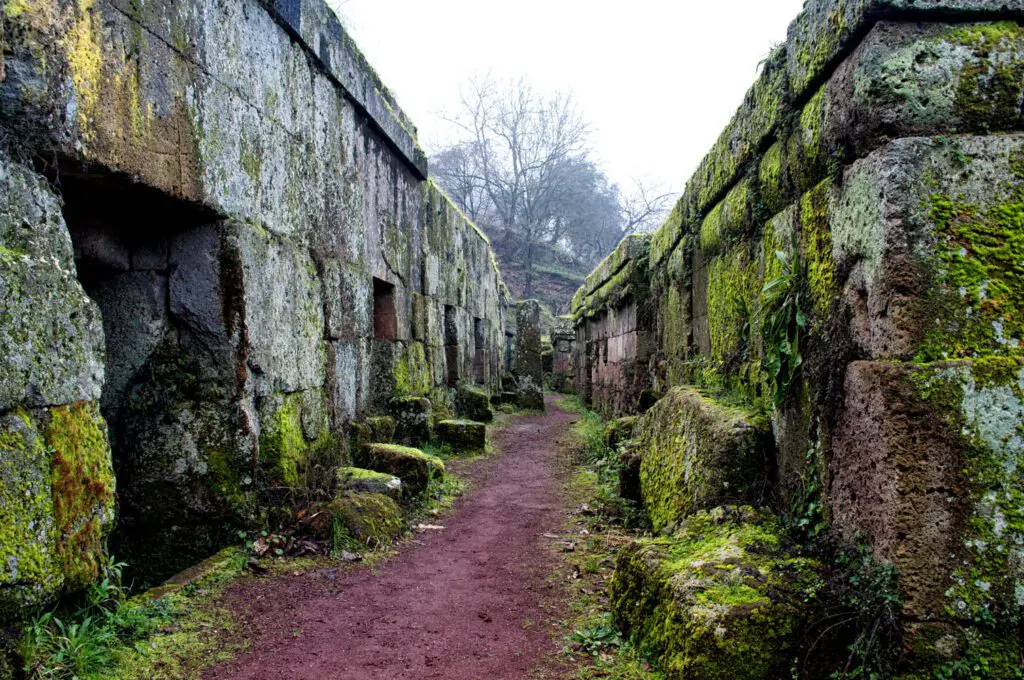
An Unusual Name
The Necropolis at Crocifisso del Tufo dates back to the mid-sixth century BC, but its name obviously comes from a later element: a Crucifix carved in the tuff wall of a chapel nearby, that had been dug in the cliff rock.
This fascinating place, with its message about death, but also life, was discovered in the 19th century. At that time no laws for the preservation of ancient artifacts existed, so many objects belonging to the funerary kits were stolen and sold to famous museum, such as Louvre and British Museum. Many other finds can be seen in the Faina Museum and the Archaeological Museum in Ovieto.
Materials found in the graves are of seminal importance in order to reconstruct the history of the ancient inhabitants of Orvieto. It is incredible how much of life can be revealed by death.
